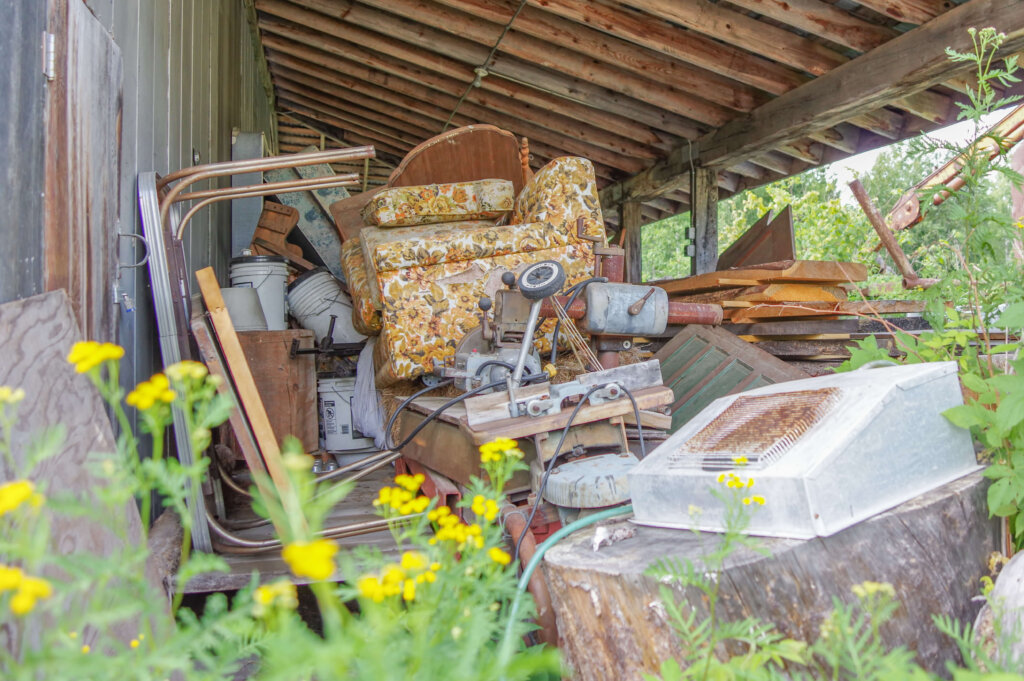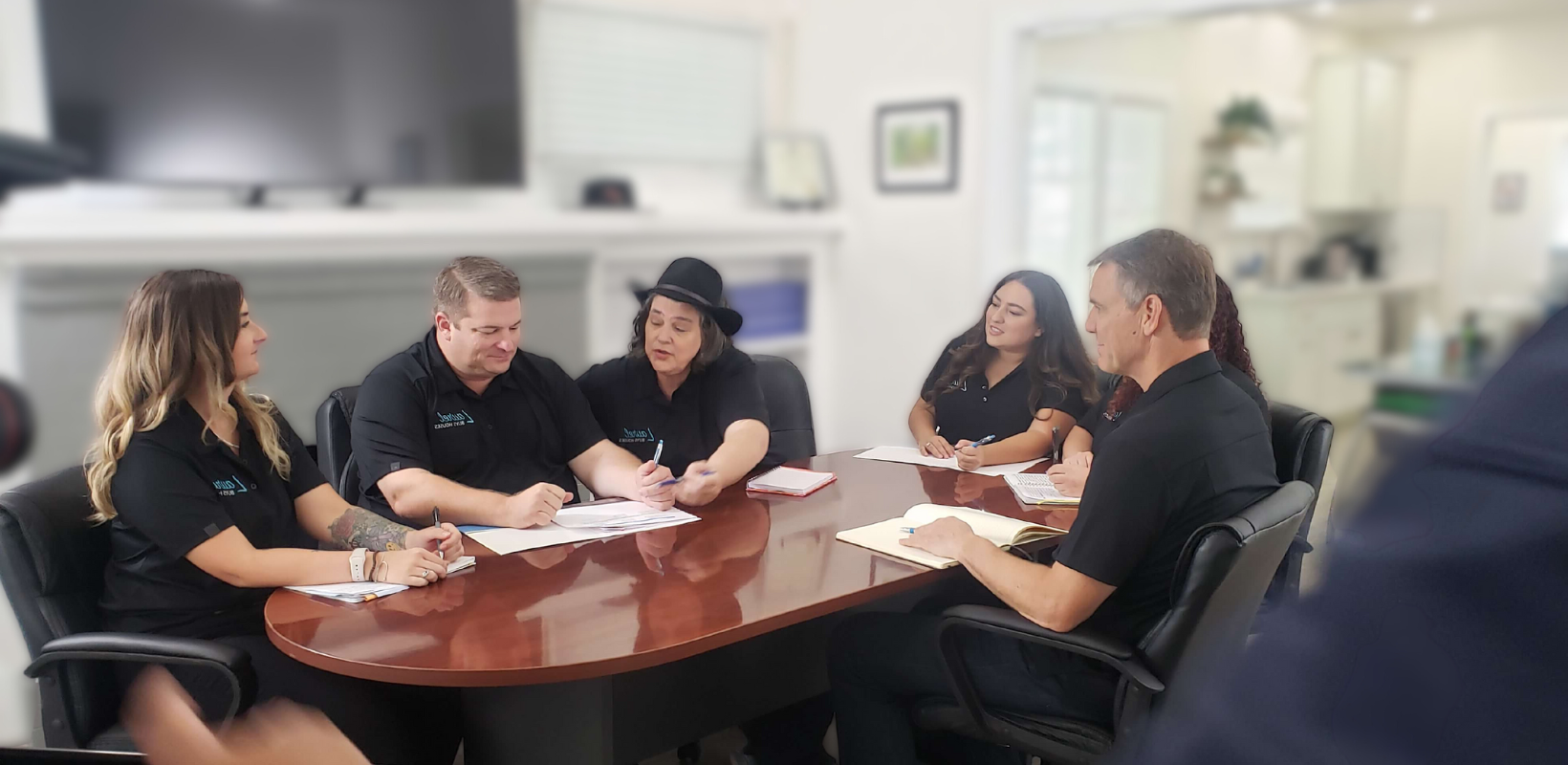
Before we dive into the strategies to address hoarding, I want to share something personal. This topic is near and dear to my heart, and it’s not just because I’ve written a book about it. It’s because I’ve seen the profound impact that hoarding can have on individuals and their families. Now, let’s explore three top strategies that I share in my book that emerged from my experience helping Sacramento’s hoarders.
1. Begin with Compassion and Understanding
Hoarding is not merely a matter of accumulating possessions; it’s a complex psychological issue with far-reaching implications for an individual’s safety, health, and overall well-being. The first step on this journey is to begin with compassion and understanding.
Before we even think about the cleanup process, it’s crucial to acknowledge that hoarding often has deep psychological roots, such as trauma, anxiety, or depression. Disregarding these underlying factors can exacerbate the situation and alienate the individual further.
Approach with empathy and patience. Interventions should be gentle, aimed at building trust and ensuring the hoarder feels supported. Criticism or forcefulness can push them deeper into denial and resistance. Remember, addressing the emotional aspects is as vital as clearing the clutter.
2. Implement the Three-Box Method
Sacramento’s residents have found the Three-Box Method to be one of the most effective ways to declutter and help hoarders regain control. Here’s how it works:
- Keep: Begin by identifying items with immediate utility or profound sentimental value that should be retained. However, it’s crucial to prevent the ‘keep’ pile from becoming overwhelming, maintaining a balance between necessity and excess.
- Donate/Sell: Items in good condition but no longer needed by the owner can find new purpose through donation or sale. This approach can empower the hoarder, knowing their possessions can benefit others or provide some financial value.
- Dispose: Items that are broken, expired, or hold no value should be responsibly discarded. Ensuring the proper disposal of recyclables and hazardous materials is essential.
This method provides a structured approach to decluttering, making it more manageable for hoarders and their support networks.
3. Engage Professional Help
Sacramento offers a range of professional resources that can be invaluable in the journey to address hoarding:
- Mental Health Professionals: Hoarding often masks deeper psychological issues. Consulting therapists or counselors specializing in hoarding can provide insights and coping mechanisms, addressing the root causes of hoarding behaviors.
- Professional Cleaners: Sacramento boasts professional cleaning services that understand the sensitivities surrounding hoarding. They can streamline the cleaning process while ensuring the hoarder feels involved and in control, reducing stress during cleanup.
- Support Groups: In Sacramento, there are numerous support groups where hoarders and their loved ones can share experiences, challenges, and success stories. This sense of community can be a powerful tool in the journey to recovery, providing encouragement and a network of understanding individuals.
In conclusion, addressing hoarding is not just about physical cleanup; it’s an emotional and psychological journey that demands patience, understanding, and support. Sacramento’s top strategies emphasize the importance of a comprehensive, compassionate approach to help those grappling with hoarding regain control of their spaces and their lives.
If you’d like to learn more about hoarding, I invite you to get a free copy of my book titled “Hoarding: It’s So Much More Than Clutter.” Just click on the link here to access your complimentary copy.
If you have any questions about how to handle a hoarding situation, give us a call at (916) 476-2381 or leave us a note at Laurel Buys Houses.

